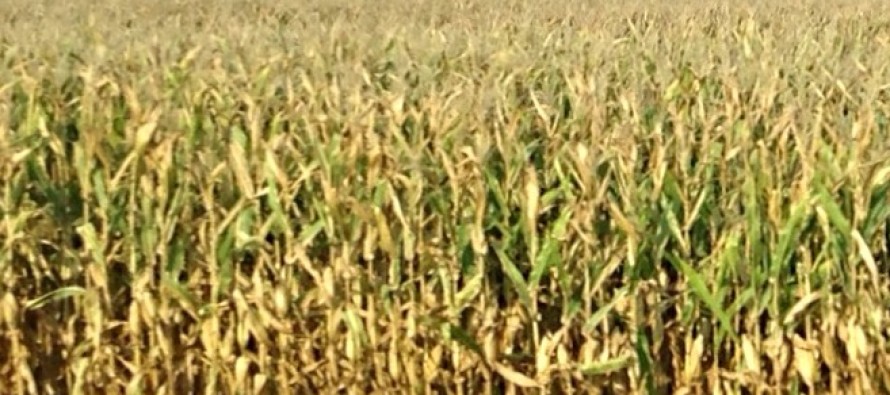When Should I Start Corn Harvest?

Related Articles
- 2010 Soybean And Corn Variety Trial Data 3
- Spring Nitrogen Fertility Suggestions for Wheat 0
- 2010 Row Crop Short Course Video Links 0
Latest Tweets
Corn harvest will be upon us soon, if not already for some, and anticipation is building. However, we still need to get this corn crop out of the field and safely deliver it to market. The optimal timing to successfully harvest your corn crop may vary depending on several factors.
Field grain drying rate – Corn normally dries about 0.6% per day in Mississippi after it reaches physiological maturity or black layer (when grain moisture is around 30%) down to 15% moisture. The “black layer” is an abscission layer that effectively cuts off moisture and nutrient transfer between the plant and the grain, when kernels are physiologically mature and development is complete. As readily apparent during the last few days, corn leaves naturally senescence or die after grain reaches physiological maturity, particularly when temperatures are hot. Therefore, using a harvest aid will have little or no significant effect on corn grain drydown rate, since there is no longer any active moisture transfer between plant and grain, after physiological maturity and the plants are dying. The drying rate of mature corn grain is nearly exclusively dependent upon environmental conditions, rather than plant disposition. Therefore, when rainfall persists, along with cloudy days, high humidity and cool temperatures, grain drydown will slow considerably or be suspended.
Factors that affect harvest efficiency? – The best time to begin corn harvest may vary considerably, primarily depending upon how long it might take to harvest your crop. This will depend on how many acres you have relative to your harvesting capability, including combine, trucking, and storage capacities. These factors, along with other crops you grow on your farm, determine the potential harvest duration and the relative risk associated with harvest losses, delays or complications. Those potential risks include various types of stalk lodging and/or grain quality deterioration, which can result from inclimate weather, insect pest damage, and late‐season weed growth. The most significant weather-related threat to Mid-South corn is likely high winds promoting stalk lodging. Two corn kernels per square foot or one dropped ear per 100 feet of row equals about 1 bushel per acre yield loss. The bottom line is that the longer corn stays in the field, the greater the likelihood of substantial field losses and complications.
Moisture dockage ‐ Corn may be harvested any time after grain reaches physiological maturity, which occurs at around 30% moisture. However, corn may not be safely stored until considerable moisture loss occurs. Thus, grain elevators discount wet corn to account for drying expenses and moisture weight loss during drying. Moisture dockage schedules between elevators may vary, so thoroughly compare rates. Most schedules discount about 2.5‐3.0% per each percent moisture above the standard, and may increase as moisture content rises. Water evaporated during drying (shrinkage) accounts for 1.18% of the dockage per percent moisture. You lose this weight regardless of whether you sell wet grain to the elevator, dry it mechanically or let the grain field dry. Thus, you should subtract this value from the dockage rate to show your realized or “actual” dockage. Furthermore, corn delivered to market at less than the standard moisture weighs less, so you are essentially docking yourself (1.18% per percent moisture) if you do so. Thus, you should generally strive to finish harvest before grain moisture falls below 15%.






Let me tell You a sad story ! There are no comments yet, but You can be first one to comment this article.
Write a comment